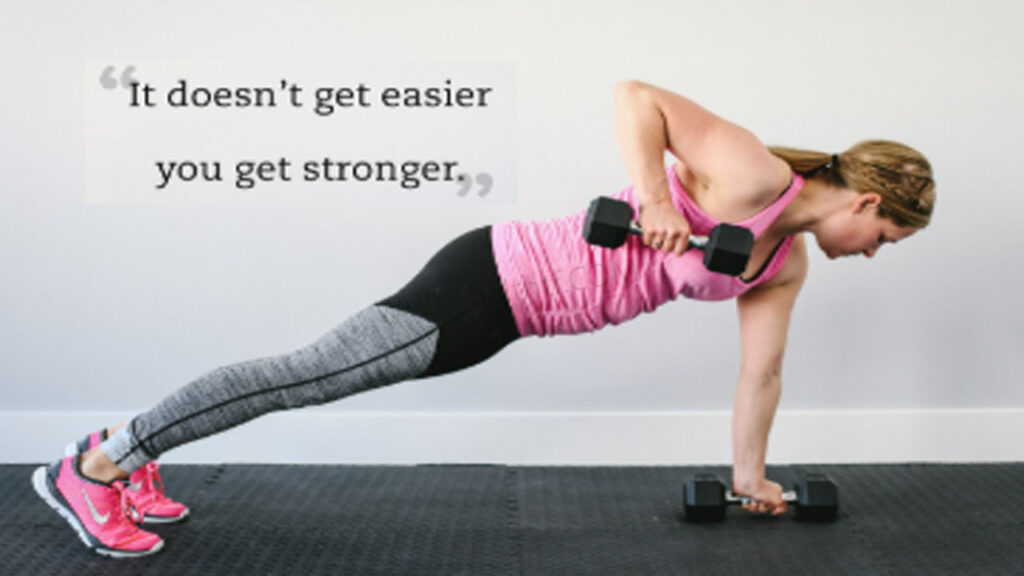Whether you’re sweating it out at home or in the gym, strength training is critical when it comes to building muscle, ramping up your metabolism and overall health. And taking proven methods, means results that are safe, predictable and lasting.

Form Is Key: Make sure your form is correct before working on intensity or weight. Correct form will keep you from getting hurt and make sure that you hit the muscles you’re supposed to.
Leverage Compound Exercises: Squats, deadlifts, push-ups, rows, movements that work multiple muscles at the same time require less time to get a complete workout and you’ll burn more calories.
Progressive overloading: Over time, increase weight, reps, or sets. This puts stress on the muscles, which generates growth and increases strength.
Use Your Own Body Weight: Push-ups, lunges, planks and resistance bands can all be used to train at home. The nice thing about these exercises is you don’t need a bunch of heavy equipment.
Balance Workouts: Train upper body and lower body with routines that also involve core and flexibility workouts. Symmetrical development ensures you don’t become unbalanced, which limits the chance of getting hurt.
Rests: Make time for some rest days, because muscles grow when you rest, and get proper sleep.
Nutrition and Hydration Protein, fats and hydration are necessary to build and maintain muscle tissue in addition to generating energy.
When you follow these rules and stick to it with consistency and discipline, you can now have safe and effective strength training workouts either in the gym or at home.
What’s the Healthiest Form of Exercise: Cardio, Strength, or Flexibility?
When it comes to physical activity, there is no single movement that is the “healthiest,” because all exercise provides its own unique advantages. The best way to long term health and fitness is with cardio, strength and flexibility training.
Cardio (Cardiovascular Exercise): Running, cycling, swimming or even brisk walking, can help increase heart and lung strength, endurance, and help maintain a healthy weight. Cardiovascular activity decreases the risk of heart disease, stroke and diabetes and increases energy and good mood.
Resistance Training: Weight lifting, resistance bands and bodyweight exercise help to build lean muscle mass, boosting your metabolism and burning more calories throughout the day, and also improves your posture and bone strength. Strength training also improves functional fitness (the ability to perform everyday activities), increases bone strength and reduces the risk of injury.
Flexibility and Mobility: Stretching, yoga and Pilates enhance flexibility but can also provide support range of motion, joint health and balance. Flexibility work promotes injury prevention, decreases stiffness and soreness in the muscles and maintains proper movement patterns.
The most balanced way to train is with a combination of all three: cardio for heart health, strength for muscles and bones and flexibility for mobility and injury prevention. Customizing your balance equation to match your objectives, level of fitness and lifestyle is the key to achieving maximum health, longevity and peak physical performance.

